(an advertising supplement)
A little luxury goes a long way
The UK is one of the biggest consumers of confectionery in the world, spending more than £5.5bn indulging its sweet tooth. We Brits spend more on sweets than on newspapers, bread and tea combined, but despite this all-consuming desire to fill up on treats, it's difficult to discern any real product innovation signposting future growth. With a couple of notable exceptions, the confectionery market as a whole is static.
Strong traditional brands are the bedrock of the market but even in a land of chocoholics (£3.8bn of the total UK market spend is chocolate) market leaders, like Mars, recognise they need shoring up by constantly evolving new product ideas. These stimulate interest in the sector and keep appetites alive through impulse purchases which lead in turn to the formation of new strong brands.
That said, the watchwords for 2001 seem to be heritage, tradition and quality, and part of the reason is demographics.
Although the craze for Pokémon cards is now running out of steam, the growth in mobile phone use is here to stay and children are spending more of their disposable income on top-ups instead of sweets. As the population as a whole ages, the emphasis is shifting from the juvenile end of the market to the more sophisticated ranges, which appeal to the over 45s who are in any case the highest-spending age group amongst confectionery consumers.
Tried-and-trusted brands like Nestlé Rowntree's Quality Street and After Eight, Bendicks' Luxury Chocolates and Elizabeth Shaw Famous Names have been extensively refurbished to extend their reach within the gifting sector one of the few areas of confectionery still experiencing strong growth, with a 10% increase last year to finish with a 17% share of the total confectionery market (source: ACNielsen Dec 2000).
Many of these "heritage" ranges have also been extended to take account of changing tastes within this age group as well as to tempt younger purchasers. For example, Elizabeth Shaw, currently celebrating its centenary as a Bristol chocolatier, has linked up with Stolichnaya to manufacture Vodka Shots milk chocolates filled with fruit vodkas in four flavours, made to be served chilled. Its traditional gifting ranges have been boosted by the company's first new consumer advertising campaign for five years and, with Easter fast approaching, the company's in the mood for celebration with a Centenary Egg designed to transmit a message of (you guessed it !) "tradition, heritage and quality".
Back to basics
Demographic changes have also meant traditional packaging has been enjoying something of a comeback. Sugar confectionery manufacturer Monkhill is putting its money on jars and weigh-outs, which are once again making a hit with independent retailers whose older customers enjoy buying tried-and-trusted generics from sherbet lemons to chocolate eclairs by the metric tonne!
At the other end of the scale, instant disposable display units are allowing retailers to display small impulse buys like Ferrero's Tic-Tac in eye-catching cardboard trees which are simply replaced when stock is exhausted.
Innovation has been stronger in the more volatile territory of children's sweets. Concepts such as car-shaped Roadrunners gums and jellies from Nedan Confectionery combine characteristics of both toys and sweets to compete with market leading household brands such as Swizzels Matlow Ltd's perennial Love Hearts and Drumstick Lollies. Interestingly, the "Other Gums and Jellies" market is the only one to keep up with boxed chocs, maintaining strong year-on-year growth at 20% (source: ACNielsen Dec 2000).
No-one could pretend sweets were a healthy option, but demand for confectionery which is a little kinder to teeth is fuelling the success of products such as Van Slooten Sugarfree Winegums, which achieved an 87% re-order rate after trials this summer in pharmacies.
The demand for organic edibles is also being felt in confectionery, with brands such as the Prewetts Organic Cookies range making its mark in the twilight zone between snacks and confectionery.
Market leader Green & Black's Organic Chocolate is growing at a steady 70% per annum in line with the rest of the organic market extending its confectionery range to include luxury truffles, chocolate coated almonds and even branching out into ice cream and beverages.
The danger, as always, is that the manufacturers will be tempted to rest too long on their laurels. The current emphasis on brand extensions and cautious me-too products at the expense of innovation and investment in new ideas, whilst protecting brand equity, might only serve to prolong the time the market stays becalmed.
{{Z SUPPLEMENTS }}
Close menu
- Home
- Retail & Wholesale
-
Products & Suppliers
- Back to parent navigation item
- Products & Suppliers
-
Product Categories:
- Back to parent navigation item
- Product Categories:
- Alcoholic drinks
- Bakery
- Cereals & breakfast
- Cheese
- Chicken & poultry
- Chocolate
- Confectionery
- Crisps, nuts & snacks
- Dairy
- Fish
- Fresh produce
- Frozen
- Household
- Meat
- Own Label
- Sauces & condiments
- Seasonal
- Soft drinks
- Vaping
- Vegan & plant-based
- World foods
- Suppliers
- People
- Reports & Data
-
Topics A-Z
- Back to parent navigation item
- Topics A-Z
-
Popular topics:
- Back to parent navigation item
- Popular topics:
- Cost of living crisis
- Crime
- Deposit Return Schemes
- Finance
- Government & Regulation
- Health
- Inflation
- Loyalty
- Marketing
- Mergers & Acquisitions
- New Product Development
- Sourcing
- Supply chain
- Sustainability & environment
- Technology
- Ultra Processed Foods
- Vaping
- A-Z all topics
- Content by type:
- Events
- Ask iA (beta)
- Subscribe now
Sign in to comment on this article
Not logged in before? Register for FREE guest access today.
You will be able to:
- Read more stories
- Receive daily newsletters
- Comment on stories
Advert



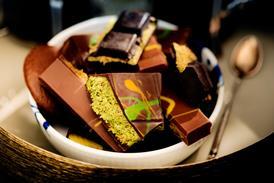



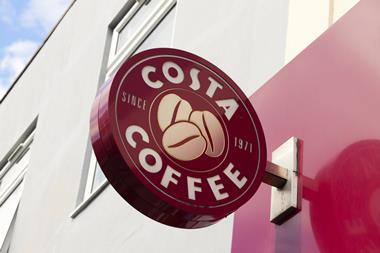

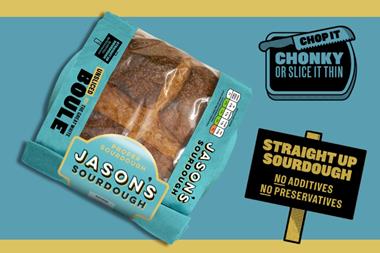
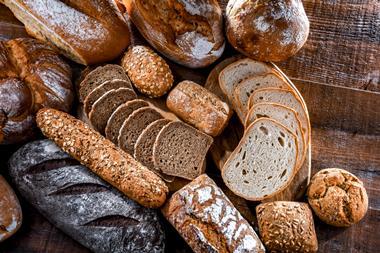




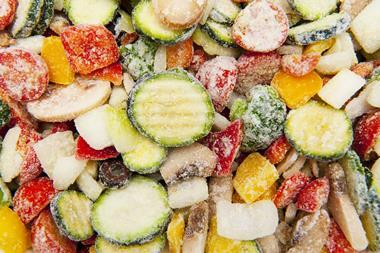
No comments yet